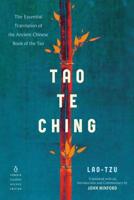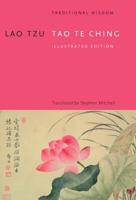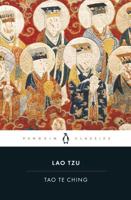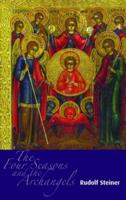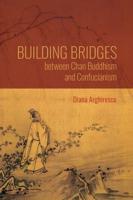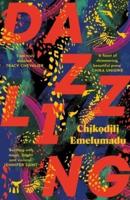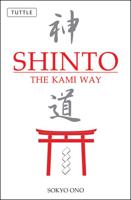Publisher's Synopsis
Before you choose to read to this book, we suggest you get informed about its author's biography. Based on historical facts, you will read the romanticized life of master Lao. At the speed of the mind, look back 2,500 years ago on the central plains of Chinese mainland, where the rivers branch out. Once upon a time in the land of Chu, there was a young boy named Li Er. The young Er of the Li family is born the first of his siblings, he is a silent boy who bubbles on the banks of the Guo river. The mother who gave birth to him, nourishes her son with great ambition, because being born first, in a family as large and renowned as that of the Li, necessarily brings great expectations. During his schooling in Luyi County, the young Er, had the intelligence and the seriousness to advance at his own pace through the lessons of politeness and agronomy, mathematics and writing, sport and music. Unlike the vast majority of students who find writing as useless as difficult. The young boy is interested in this tradition. He escapes into the depths of words and their meanings, into the abyss of the unfathomable calligraphy.As a teenager Li Er, learned to write flawlessly and cleanly on thin strips of bamboo, in the village everyone feels that he will one day enter to great function. He then cares little, he is focused on the preparation of the initiation rite that will bring him into adulthood. According to ancient Chinese tradition, when adolescents reached their 19, they lost the use of their family names and chose the adult name who would accompany them during their social and professional lives. Called social name, it is very often formed of two sinograms. It is generally chosen in relation to the first name at birth and sometimes it has the subtlety to signify the evolution of its holder in adulthood and the moral values that the latter wishes to embody. According to the author of the historical chronicles Sema Qian, the teenager Li Er of this story, chose to be called the Lao Tan of the Li family. It means, sinographically speaking that the ear of the Li family had become the elder of the family with ears without frame. Starting from the radical Er and adding to it the radical Ran, we obtain an evolved sinogram which keeps the aesthetic qualities of each radical, but which together is pronounced Tan, i.e an ear without frame. By choosing Lao's name, which means the old, the elder, he respects a tradition which allowed siblings to give themselves a name according to their rank.Soon after, the young man who became Lao Tan is looking for a profession that would suit him. Thanks to his mother, he obtained the post of archivist in the capital of the Zhou dynasty. Luoyang was at that time the administrative and intellectual center of the young Chinese empire. Fortified and located on the yellow river Luoyang is placed at the center of the 6 countries that make up ancient China. The imperial library is in an annex to the palace of his highness. To access it you have to cross the large inner courtyard which precedes the palace. This court, important in the Chinese culture had the function of representing the political and spiritual power of the leaders. Thus, during the day, this place served as a parking place for members of the imperial guard. In the evening, it allowed 9 flaming cauldrons to receive the offerings that people gave in memory of the founding ancestors

